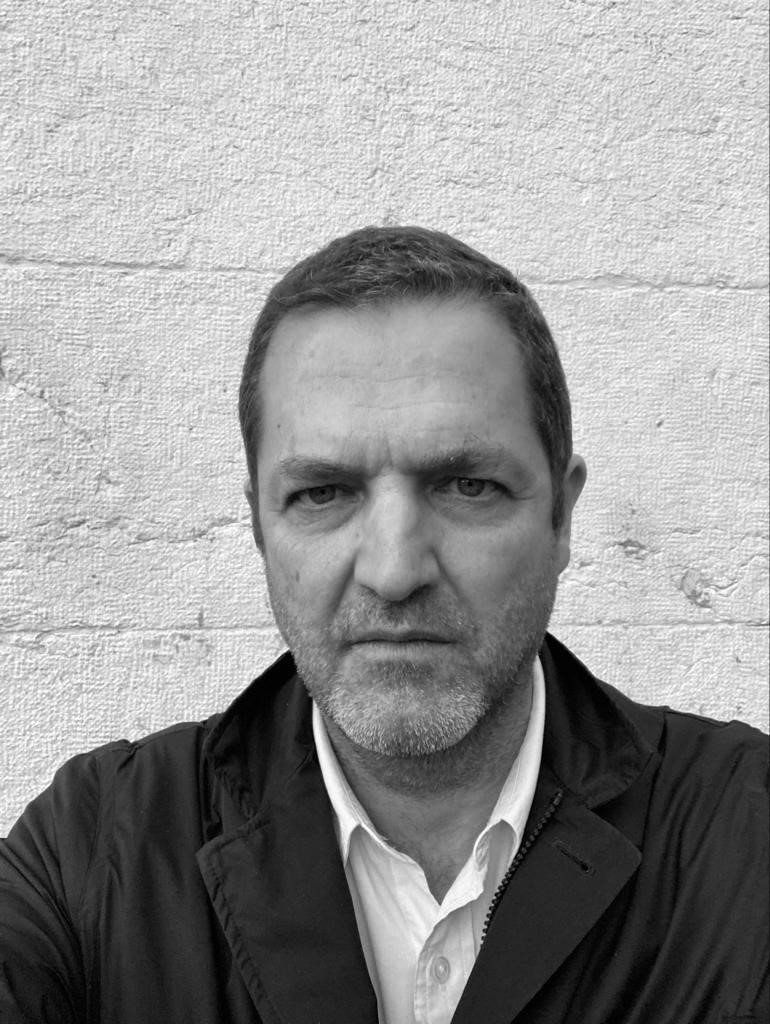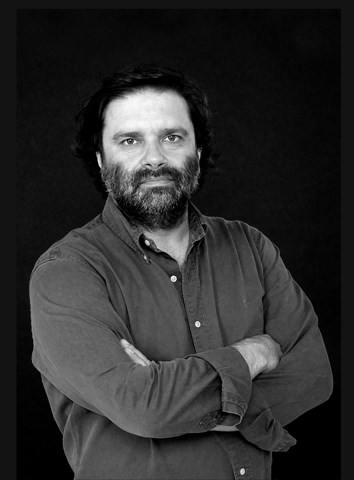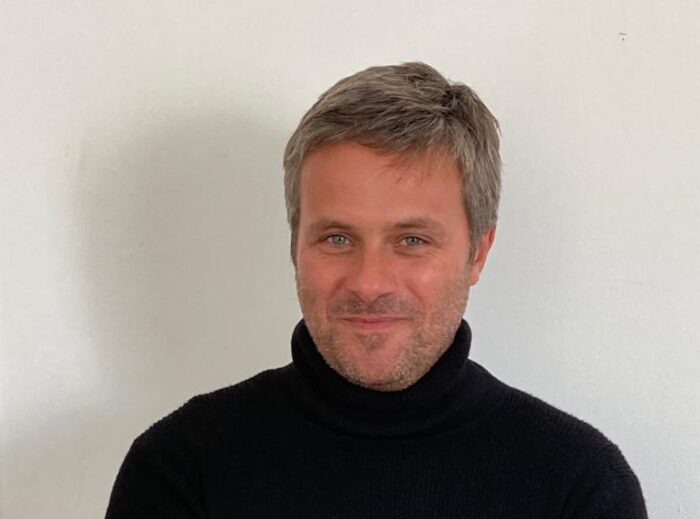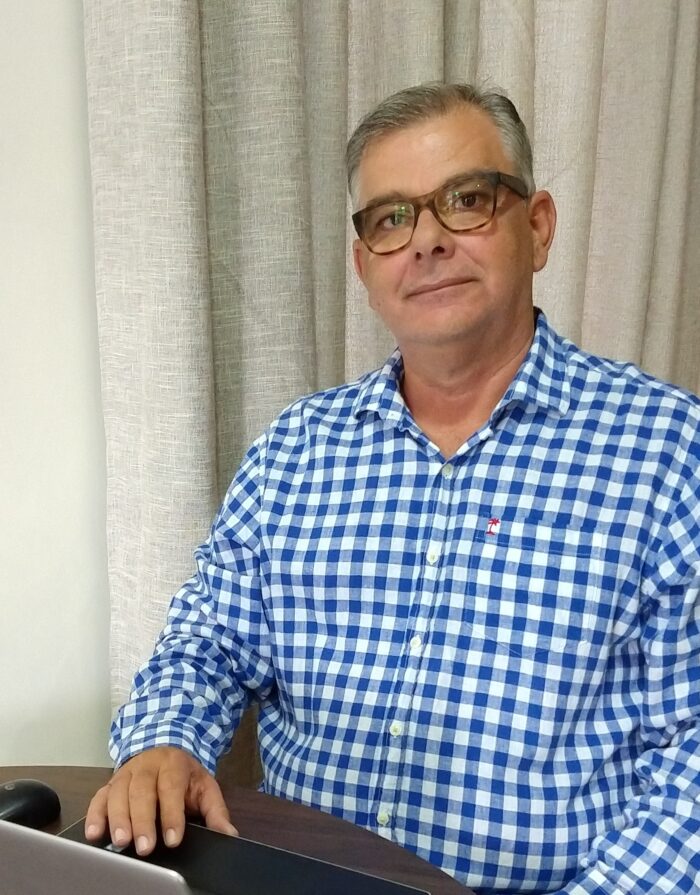A conversation with Arch. João Favila

A conversation with Arch. João Favila
'I often say that architecture is similar to cooking. Both are about alchemy, with the right proportions and doses, with transformation and precision.'
You have a strong connection to Madeira. What is so special about the archipelago for the practice of architecture?
Above all, I have an affective relationship with the archipelago because my whole family is from Madeira. As a child, I went there on vacation, and I have very special memories because the places were very different from the ones I was used to. Madeira allows us a very strong connection to nature. Geologically it is very intense. For me, it is also very linked to homes, experiences and special people. Even today I remember houses from Madeira when I’m designing. Houses without electricity, where time was completely different and the pace and availability to see and listen were completely different. Madeira is a kind of memory and reflection of architecture. There is stoicism that is more linked to the construction of the territory than to that of the house itself. There is a great effort to tame the landscape. The island offers great resistance and this makes particularly interesting things happen, in terms of imagination. There are things very well done and without great resources. And nature helps in the process. But it cannot be a transformative process, in the sense of building “against”, it has to be “built with”. In one of the first works I did on the archipelago, the Casa Branca, I realized that the main theme of the project was the garden. It was evident that it was necessary to preserve the garden, where architecture would later take root. It was going to be the essence of the project and the hotel was going to live of it, it was going to have a silent relationship with the garden.
Does Hotel Porto Santo also have a strong connection with the landscape?
Although part of the same archipelago, Porto Santo is completely different from Madeira. It is much more arid, which makes the experience totally different. There, in that territory, people look for the beach and that is why the project reacted differently. What was intended was a SPA hotel, which had a kind of medical component, linked to the potential of the sands. Thus, the hotel had to respond to the beach, offering darker environments where there was a lot of light, more humid where the environment is very arid, and more intimate where the spaces are very wide. The hotel is attached to the beach and lives from the antipode relationship it establishes with it.
What do you feel today when you think about the nominations for the awards that Quinta da Casa Branca had?
I was very young when I made this hotel and what I feel is that it is a work that really had an intrinsic quality, very linked to the relationship with the territory, but also some problems associated with a young architect. I often say that architecture is similar to cuisine. Both have to do with alchemy, with the right proportions and doses, with materials, with transformation and precision. In the kitchen, if we add a little too much salt, we can spoil the rice, in architecture it is exactly like that. And in the kitchen, generally, only people over 50 start to cook effectively well, it is something that takes a long time to improve, it requires great practice. Architecture is like that too. In addition, it is necessary to have a special connection with the person for whom the project is being carried out. Basically, architecture, like cuisine, is between service and art.
I know that you consider architecture as multidisciplinary…
Increasingly. I work with several stakeholders, and a good landscaper or a good engineer makes a difference. This interview is for BETAR and I must mention that one of the best discoveries I had was Eng. Miguel Villar, who is really an engineer with an architect’s soul, who understands us well and is always available – and I am not the the only one to think like that – he has a dazzle in relation to the structure and architecture that is very particular, and that helps a lot in thinking and building things. But each project calls for different specialties. I’ve made extraordinary partnerships with many people. I remember a job I did with João Simões, an artist; or the systematic work I do with the landscapers Filipa Cardoso Menezes and Catarina Assis Pacheco; I really enjoy working with photographers, Eurico Lino do Vale or Duarte Belo have and allow for impressive readings regarding the territories that surround us. I like to always collect elements of the territory under study and listen to the people involved and interested, before starting the work. The project is thus more intuitively perceived.
You have participated in the exhibition “Overlappings” to promote Portuguese architecture. At the time, the question of the absence of the State in this matter was raised. Has anything changed in two years?
The collective awareness of people in relation to the public space has improved a lot. In the last 10 years, very important works have been done, such as eliminating the sewage that existed in Terreiro do Paço. It was a great invisible work. The invisible work is apparently bad for the politicians, but it was highly transformative. Cais das Colunas is now full of people and that was excellent for Lisbon’s downtown. Another very important work was the riverside pedestrian line, which had minimal costs and an impressive impact on people’s lives. These are necessary interventions. There is much to be done, Lisbon remains very badly treated, with fabulous heritage degrading, but the challenge of scarcity in which we find ourselves must make us think. In that moment, we have secrets like the Alentejo açorda, which is made only with water, bread, olive oil and coriander, but has great flavor. We don’t need soufflés but açordas.
In relation to your book, what was the main objective and what resulted from the work?
The book was surprising. It was a work that involved many aspects and turned out to be a small construction work. It is a kind of retrospective of my work. Despite having been in this for many years, I don’t have many works, and the book was good to make a point of view, to see what is done and how it is done. It gave me some satisfaction because it shows that, despite the difficulties, something has been done and that I am still a “tailor”. The book also evokes texts that I really like, as one by Paulo David about the Gonçalo Monteiro’s house that I made in Madeira, or João Rodeia about the Casa Branca, or Pedro Paixão about the Maria Borges’ house, people I like and who are related to the studio. It was a kind of stop for reflection.
This interview is an integral part of Revista Artes & Letras # 47, November 2013
Partially automatic translation from portuguese: some expressions may differ from their actual meaning.
News & Interviews
A conversation with Arch. João Luís Ferreira
‘Architecture is the victory of space over time. (...) It is the opposite of fashion. (...) It is what is not a passenger. (...) Architecture is the mirror of society’. Read more
A conversation with Arch. Steven Evans
'With all the people I've worked with, there's always been one thing in common: how easy it is to laugh. The affinities are workable, but without laughing, it is difficult to be an architect.' Read more
A conversation with Eng. Guilherme Duarte
'My desire is to stay in Africa because contributing to this structural change is priceless. It is not about telling the story, but being part of it.' Read more




